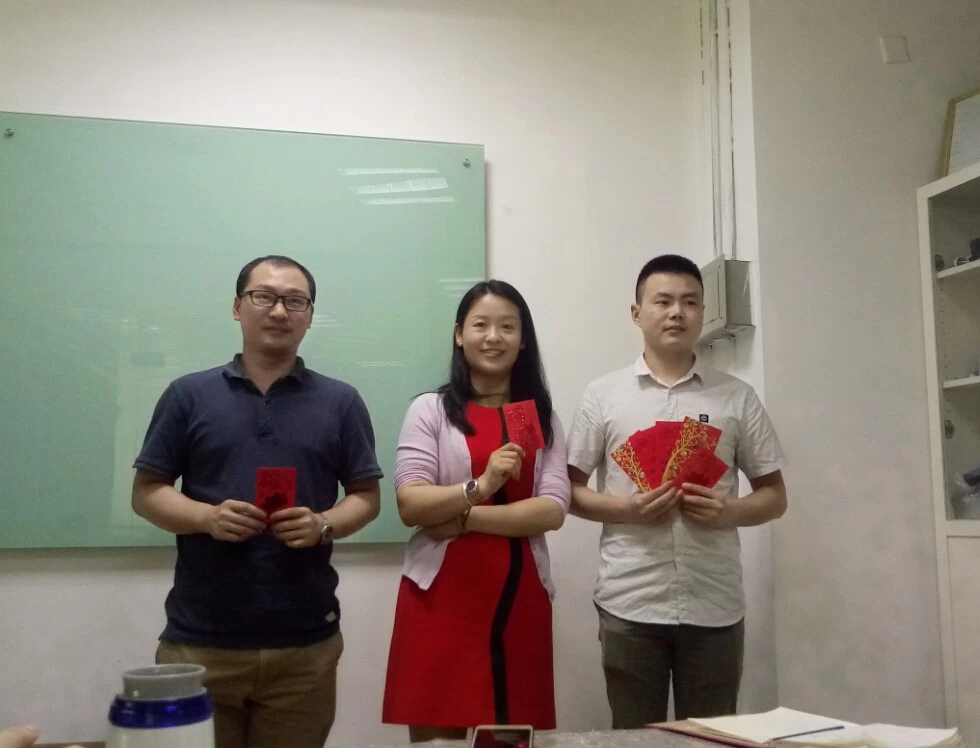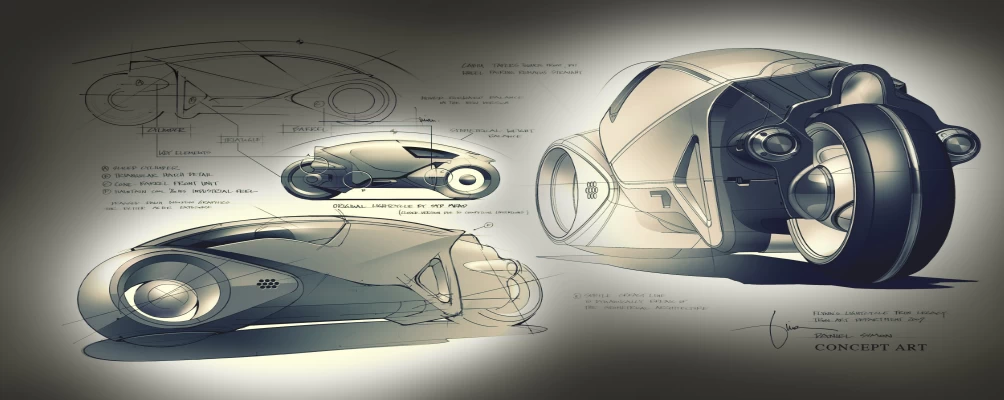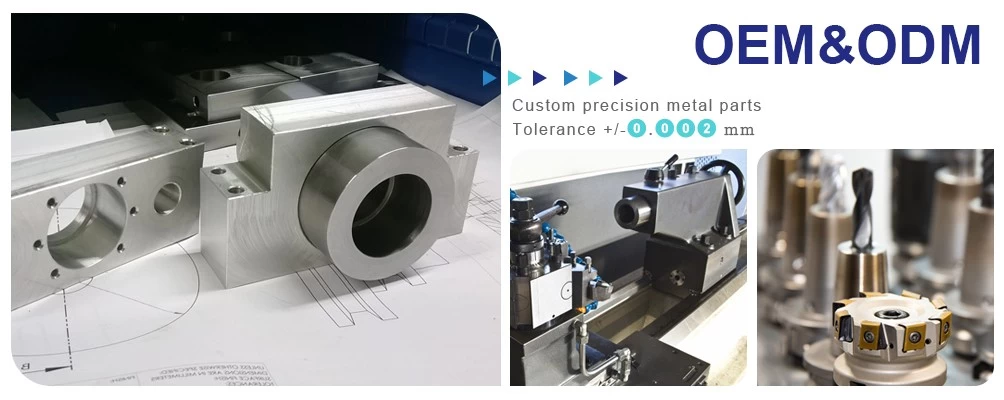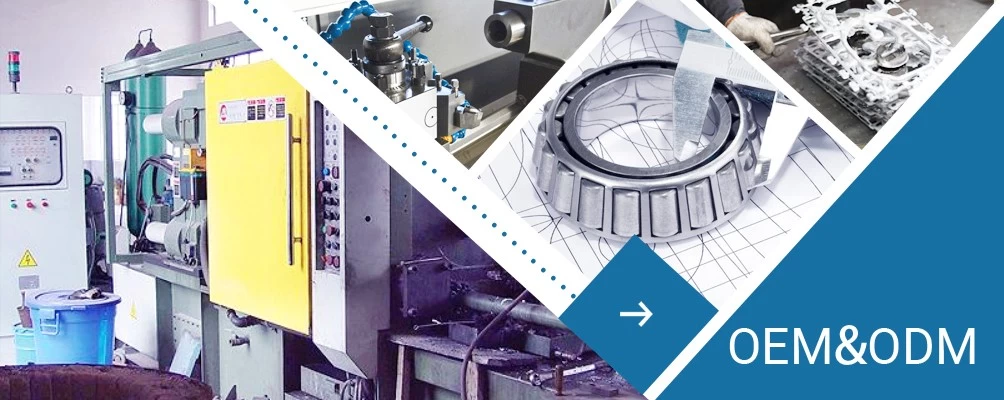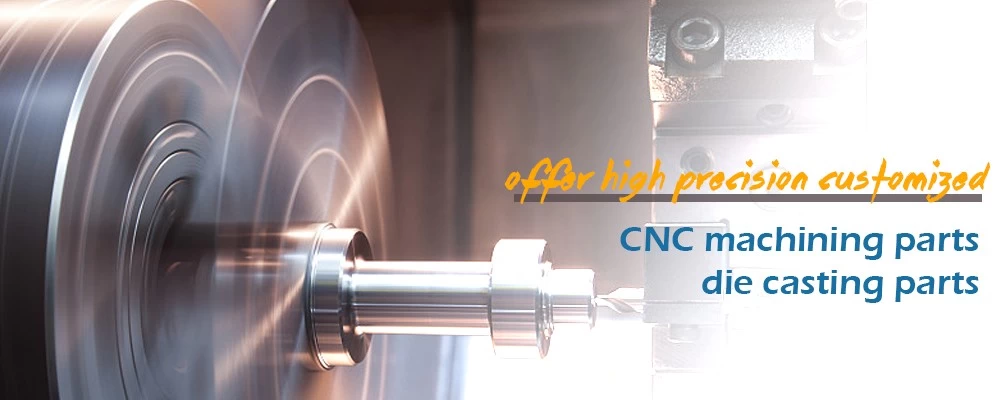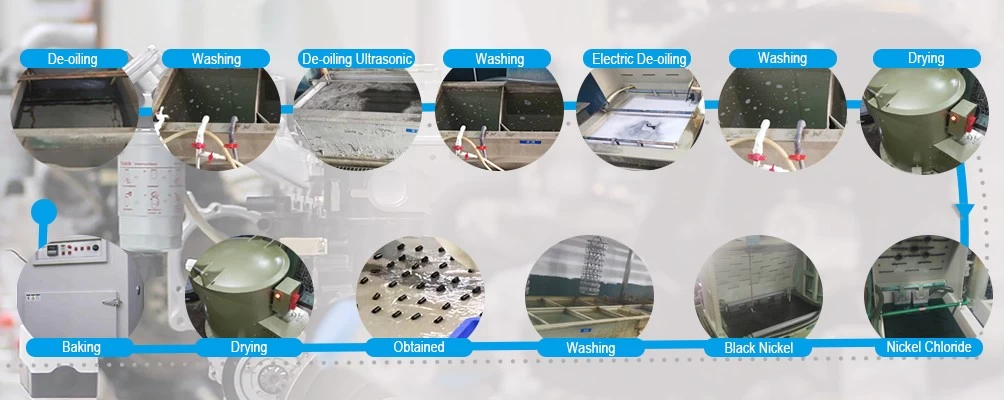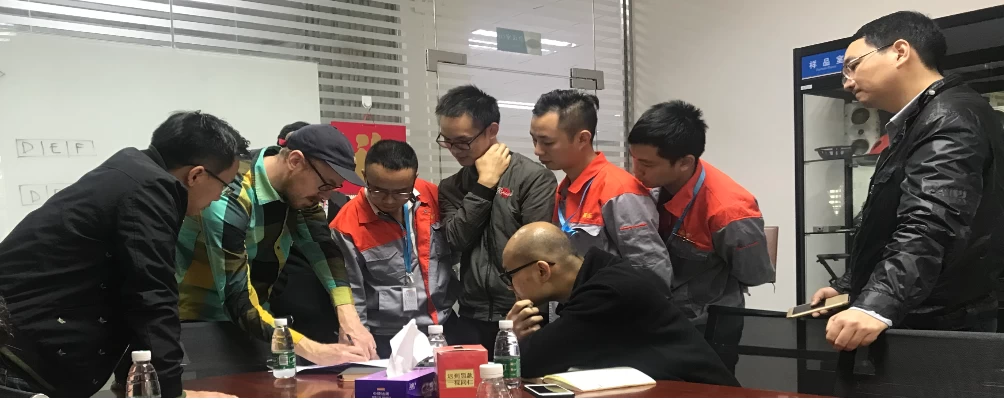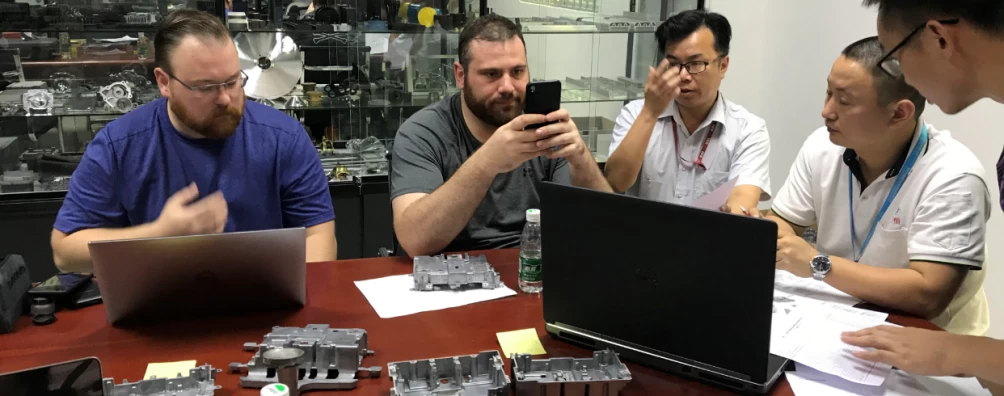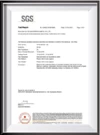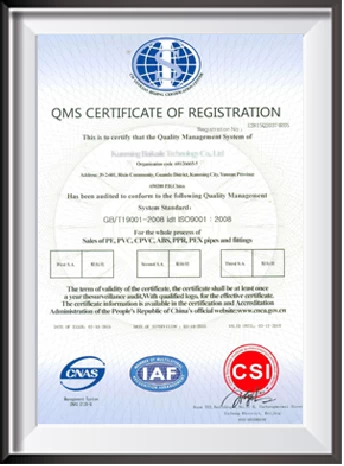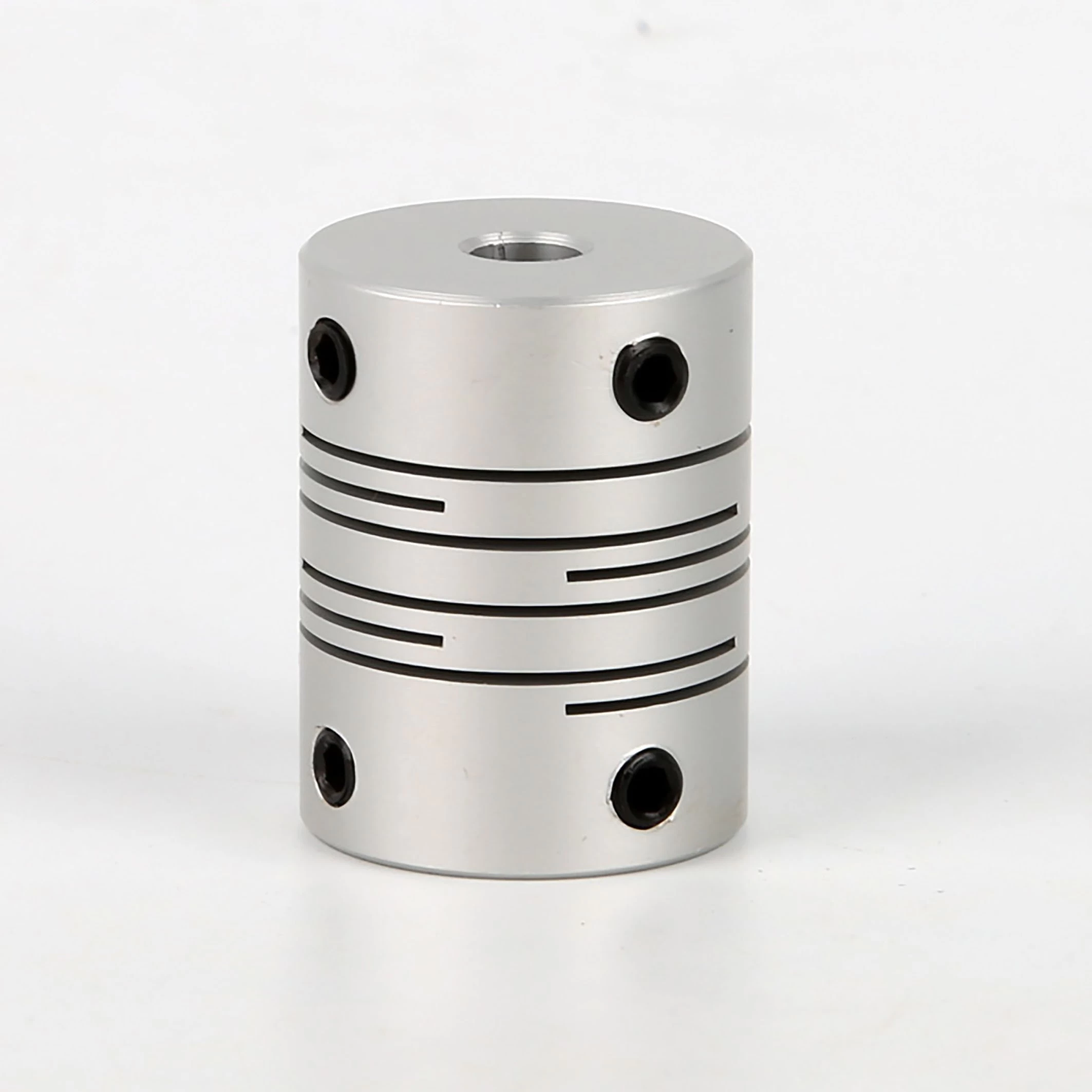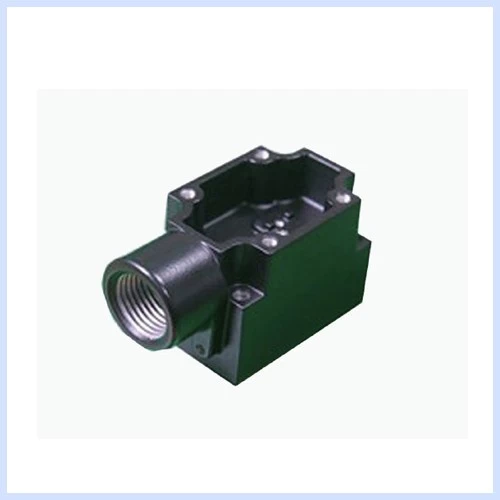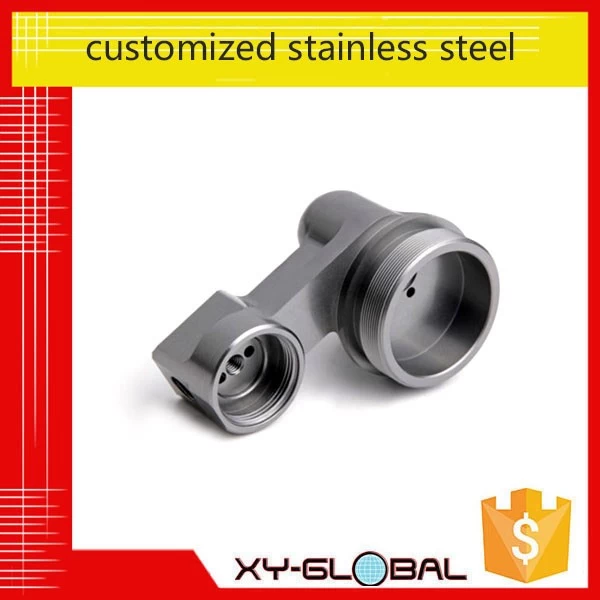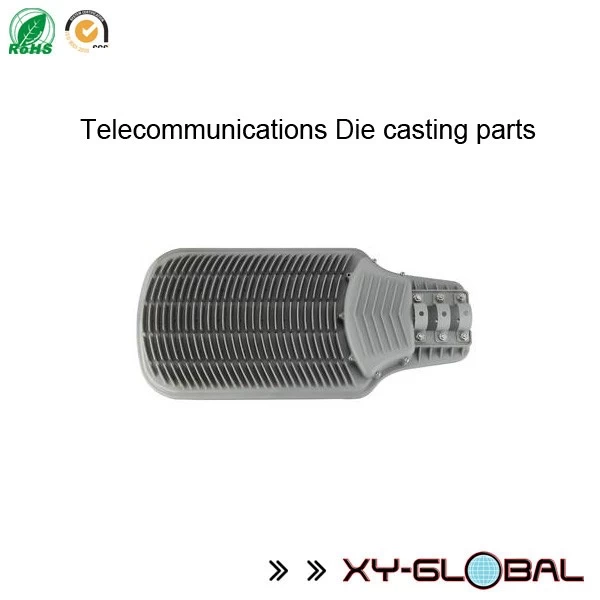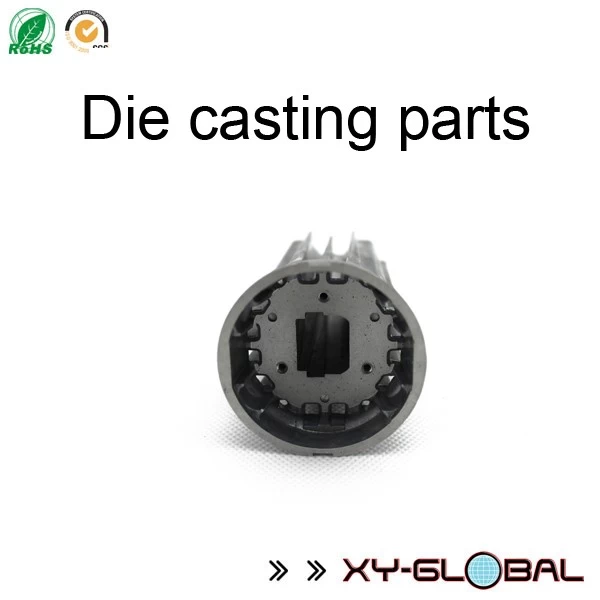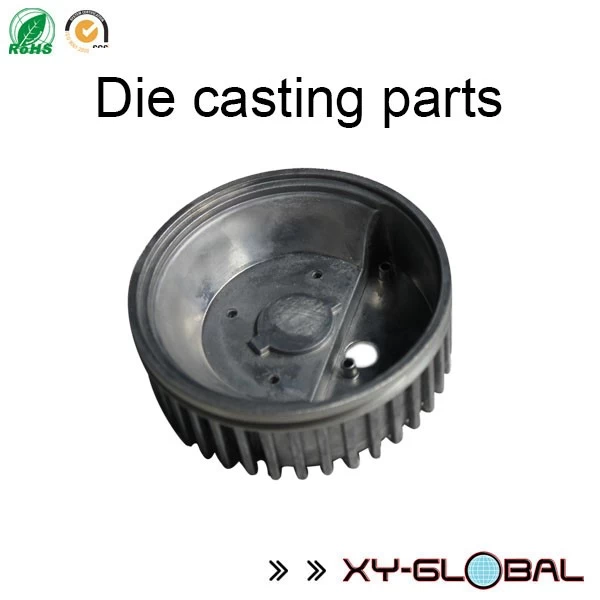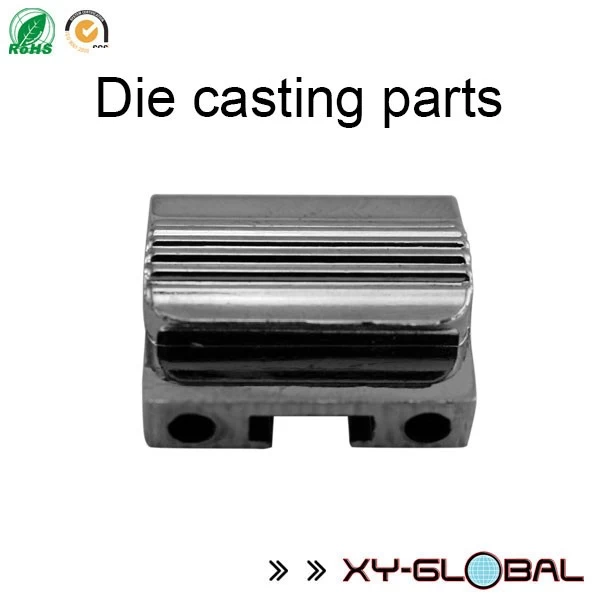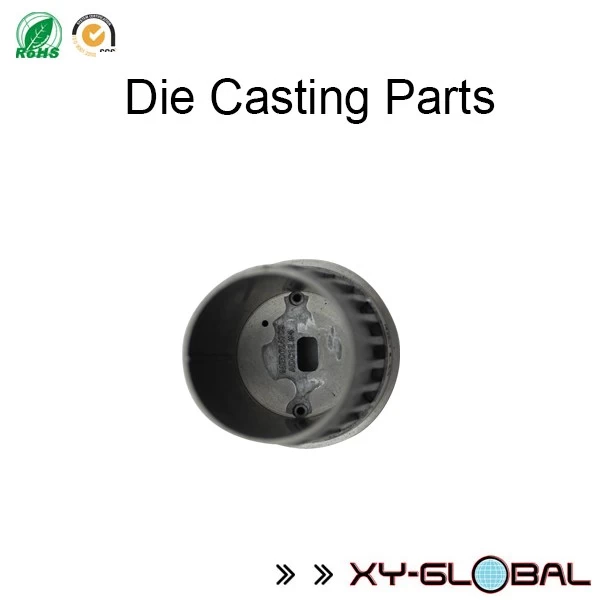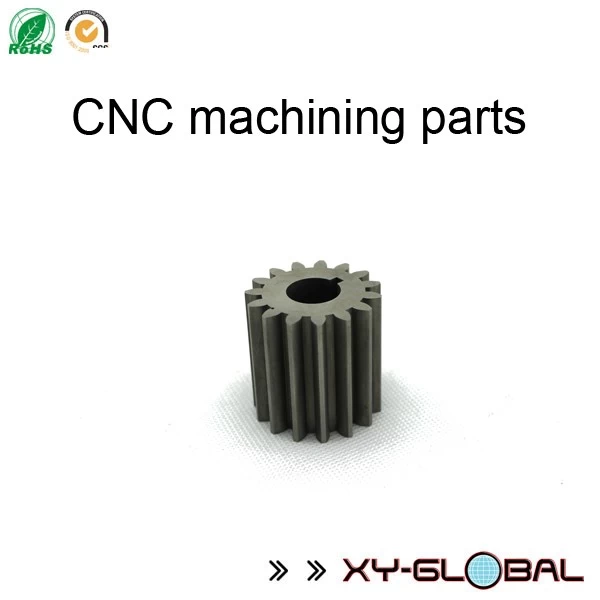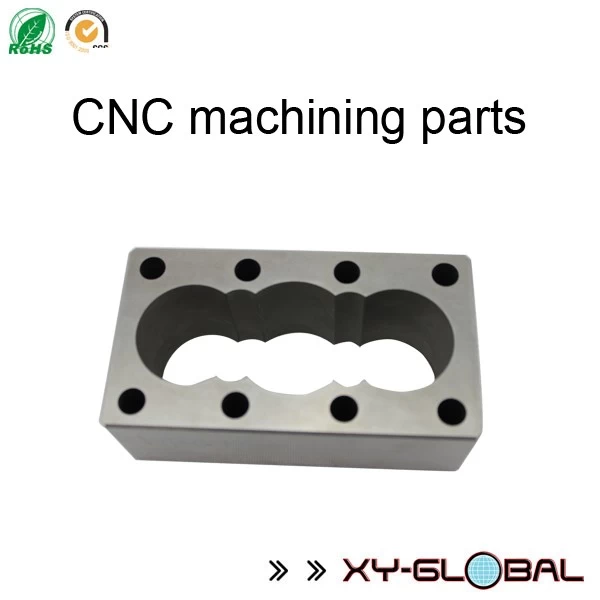PS and ABS
one,PS (polystyrene)
1.PS performance
PS is an amorphous polymer with good fluidity and low water absorption (less than 00.2%). It is a transparent plastic that is easy to form and process. Its products have a light transmission rate of 88-92%, strong coloring power and high hardness. However, the PS products are brittle, and are prone to internal stress cracking. The heat resistance is poor (60-80°C), non-toxic, and the specific gravity is about 1.04 g/cm3 (slightly larger than water).
Molding shrinkage (the value is generally 0.004-0.007), the name of transparent PS only shows the transparency of the resin, not the degree of crystallinity. (Chemical and physical properties: Most commercially available PSs are transparent, non-crystalline materials. PS has very good geometric stability, thermal stability, optical transmission properties, electrical insulation properties, and a very small tendency to absorb moisture. Resistant to water and diluted inorganic acids, but it can be corroded by strong oxidizing acids such as concentrated sulfuric acid, and it can swell and deform in some organic solvents.)
2. Process characteristics of PS
PS melting point of 166 °C, the processing temperature is generally 185-215 °C is appropriate, the melting temperature of 180 ~ 280 °C, for the flame-retardant material, the upper limit of 250 °C, the decomposition temperature of about 290 °C, so the processing temperature range is wider.
Mold temperature is 40~50°C, injection pressure is 200~600bar, injection speed is recommended to use fast injection speed, runners and gates can use all conventional types of gates. Prior to processing, PS materials usually do not require drying unless they are stored improperly. If drying is required, it is recommended that the drying conditions be 80C for 2 to 3 hours.
Due to the low specific heat of the PS, the heat dissipation of the mold can be quickly condensed and solidified, and the cooling rate is faster than the general raw materials. The mold opening time can be earlier. The plasticizing time and the cooling time are both shorter and the molding cycle time will be reduced. The gloss of PS products will increase as the mold temperature increases.
3. Typical application range
Packaging products (containers, caps, bottles), disposable medical supplies, toys, cups, knives, tape shafts, windshields, and many foam products - egg cartons. Meat and poultry packaging trays, bottle labels and foamed PS cushioning materials, product packaging, household products (tableware, trays, etc.), electrical (transparent containers, light diffusers, insulation films, etc.).
1. ABS performance
ABS is synthesized from three chemical monomers: acrylonitrile, butadiene and styrene. (Each monomer has different characteristics: acrylonitrile has high strength, thermal stability and chemical stability; butadiene has toughness, impact resistance; styrene has easy processing, high gloss and high strength. The polymerization of the body produces a terpolymer with two phases, one being the continuous phase of styrene-acrylonitrile and the other being the polybutadiene rubber dispersed phase.)
From the morphological point of view, ABS is a non-crystalline material, has a high mechanical strength and good "hard, tough, steel" comprehensive performance. It is an amorphous polymer, ABS is a versatile engineering plastics, its variety and wide range of uses, also known as "universal plastic" (MBS called transparent ABS), ABS easy to absorb moisture, the specific gravity of 1.05g/cm3 (than Slightly heavier water, low shrinkage (0.60%), dimensional stability, easy molding.
The properties of ABS are mainly determined by the ratio of the three monomers and the molecular structure in the two phases. This allows for a great deal of flexibility in product design and results in hundreds of different quality ABS materials on the market. These different qualities of materials offer different properties, such as impact resistance from medium to high, low to high finish and high temperature distortion. ABS materials have superior ease of processing, appearance characteristics, low creep and excellent dimensional stability as well as high impact strength.
ABS is light yellow granular or beaded opaque resin, non-toxic, odorless, low water absorption, has a good comprehensive physical and mechanical properties, such as excellent electrical properties, wear resistance, dimensional stability, chemical resistance and surface gloss, etc. And easy processing and molding. The disadvantages are weather resistance, poor heat resistance, and flammability.
2. Process characteristics of ABS
(1) Absorption and humidity sensitivity of ABS are relatively large. Before molding, it must be fully dried and preheated (minimum drying for 2 hours at 80 to 90C), and the moisture content should be controlled to 0.03% or less.
(2) The melt viscosity of ABS resin is less sensitive to temperature (unlike other amorphous resins).
Although the injection temperature of ABS is slightly higher than that of PS, it cannot have a loose temperature-rising range like PS, and it cannot be used to blindly increase the temperature to lower its viscosity. It is possible to increase the fluidity by increasing the screw speed or injection pressure. The general processing temperature is 190-235 °C.(3) The melt viscosity of ABS is medium, higher than that of PS, HIPS, and AS. It requires higher injection pressure (500-1000 bar) for beer.
(4) ABS material adopts high speed and other injection speeds and the effect of beer is better. (Unless the shape is complex and thin-walled parts require a higher injection speed), the product nozzle position is prone to gas lines.
(5) ABS molding temperature is higher, the mold temperature is generally adjusted at 25-70 °C. When producing larger products, the temperature of the fixed mold (front mold) is generally about 5°C higher than that of the movable mold (back mold). (The mold temperature will affect the finish of the plastic part, while the lower temperature will result in a lower finish)
(6) ABS should not stay in the high temperature barrel for too long (should be less than 30 minutes), otherwise it will easily decompose yellow.
3. Typical application range
Automobiles (dashboards, tool doors, wheel covers, mirror boxes, etc.), refrigerators, high-strength tools (hair dryers, blenders, food processors, mowers, etc.), telephone housings, typewriter keyboards , recreational vehicles such as golf carts and jet skis.
XY-Global
